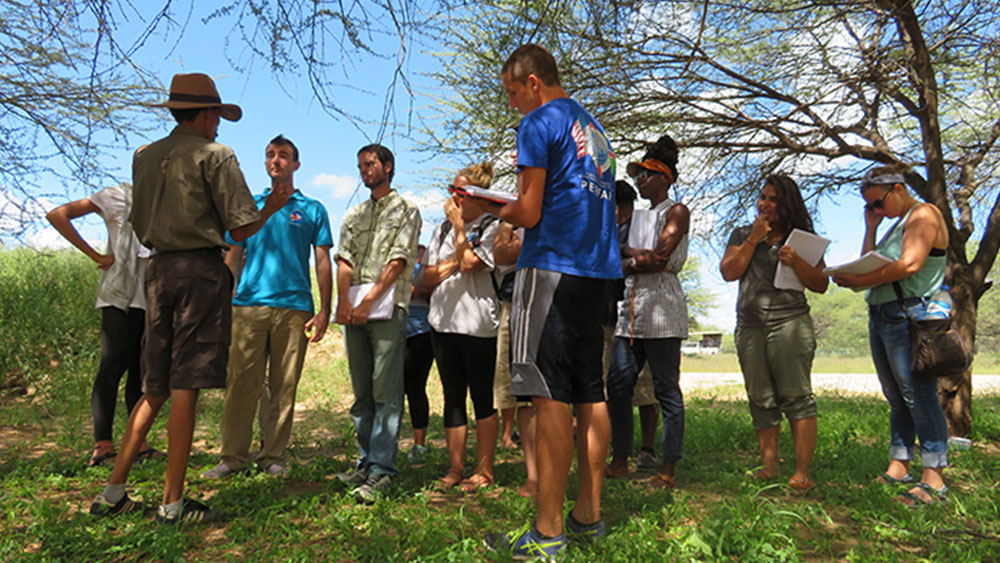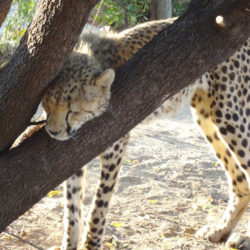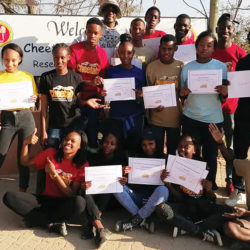Who Killed My Goat? CCF Kill ID
-

- by Flavia Placidus April 5, 2017

CCF has found that farmers can’t always identify the marks that a predator leaves behind when livestock is preyed upon. The doubts and questions that farmers are left with (was it a thief, a cheetah, a wild dog or leopard?) leaves them stuck without the tools to prevent predation from happening again. At CCF we are helping. By learning and sharing more about livestock aggression, we are bringing the missing pieces of information back to the communities where it can make all the difference.
One of the tools we use, A predator’s role in the ecosystem, a teachers resource guide was specially designed for students, farmers and the general public, and was reviewed by 15 Peace Corp Namibia (PCN) volunteers in collaboration with Cheetah Conservation Fund. The booklet was just completed in its Fourth edition in 2016 and follows previous editions written in 1998, 2004 & 2012. It was developed alongside current Namibian curriculum to ensure its value toward general conservation learning. CCF included a variety of lessons, activities, and resources for bringing conservation education to the classroom. We would like to ensure every Namibian school child has a sound knowledge base on ecology and environmental issues and recognition of the importance and value of the cheetah and other predators in the ecosystem. With this knowledge they can better understand how predator conflicts can be avoided.

Having collaborated with Peace Corp Namibia Volunteers we are able introduce the teacher’s resources guide to educators and gain access to many different communities & schools around Namibia. PCN has over 150 volunteers placed around Namibia. Our target is to continue having the guide being distributed and used in schools throughout Namibia.
The success of saving wild cheetahs and other predators lays upon individuals understanding the predator’s importance in our ecosystems. We encourage schools, communities, farmers and the general public to join with CCF in addressing and educating people about the importance of predators in our ecosystems because we live together.
One of the activities conducted with our PCN volunteers was the “Kill ID”. It was embraced by the participants who enjoyed the group activity and remarked that they could use it in their communities.
Collaborations remain key to our mission and vision and we strive to maintain old ones and always look for new, because “together, we do better”
Related Reading
-
June 1, 2020
Two Trainings at CCF -
May 11, 2020
How Cheetahs Check Their Messages?




